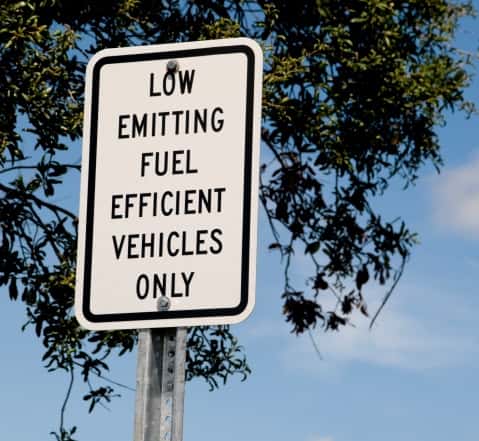 Although diesel- and gasoline-powered vehicles will retain their market dominance, alternative fuel vehicles will gain traction over the course of the next 10 years, according to a new report released by the Fuels Institute, a nonprofit, research-oriented think tank.
Although diesel- and gasoline-powered vehicles will retain their market dominance, alternative fuel vehicles will gain traction over the course of the next 10 years, according to a new report released by the Fuels Institute, a nonprofit, research-oriented think tank.
The report – ‘Tomorrow's Vehicles: What Will We Drive in 2023?’ – projects natural gas, propane, battery electric and fuel cell systems to collectively comprise 1% to 1.4% of vehicles in 2023.
According to the report, light-duty natural gas vehicles (NGVs) will see at least a tenfold boost in numbers by 2023. Nevertheless, they will have only a 0.43% market share.
However, compressed natural gas (CNG) will fare better in the medium- and heavy-duty vehicle space. The report says CNG could comprise up to 3.8% of this sector by 2023 and will be the main competition to diesel fuel. Â
The report concludes that NGVs will be held back by the high cost of natural gas refueling stations and vehicle conversions.
Propane vehicles, meanwhile, will account for 0.07% of light-duty vehicles and no more than 0.76% of medium- and heavy-duty vehicles by 2023.
Barring a major breakthrough in technology, battery electric vehicles will compose 0.72% of the light-duty vehicle market in the next 10 years. Similarly, fuel cell vehicles will capture a mere 0.02% of the light-duty vehicle market in 2023.
‘Without coordination between the vehicle and fueling industries, successful market introduction of [alternative fuel vehicles] will be characterized by starts and stops, booms and busts and a protracted – and potentially painful – market development phase that may or may not result in consumer acceptance,’ says John Eichberger, executive director of the Fuels Institute. ‘Consumers have more vehicle options than ever, and where they choose to invest their money will determine the future.’
The Fuels Institute was founded by the National Association of Convenience Stores in order to evaluate the markets for vehicles and fuels that power them. Navigant Research spearheaded the work behind ‘Tomorrow's Vehicles: What Will We Drive in 2023?’






